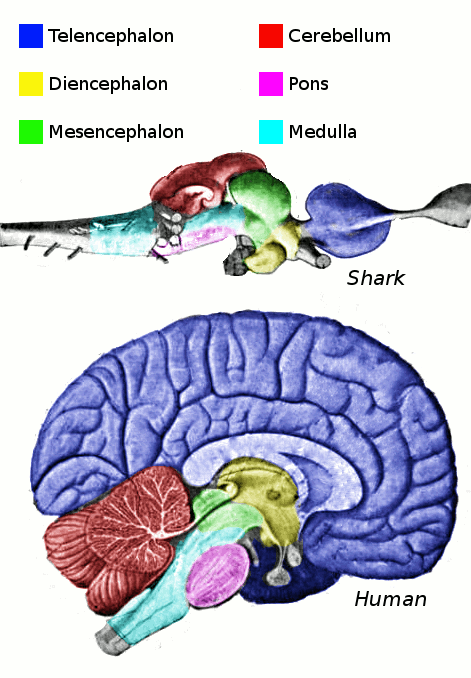Psychologist James Marcia laid out four basic states in this process:
- In foreclosure, a young person has happily accepted the big choices -- career, ideological viewpoint -- that were promoted by parents and other adult authority figures. No identity crisis, little self-reflection required, high levels of commitment.
- With diffusion, the key difference is motivation -- there isn't much. The young person avoids an identity crisis and the obligation of making any firm commitments in favor of immediate gratification and a "whatever comes along" approach to life.
- The moratorium stage means the person is still working on defining himself. The process may take a long time, and may be put off until circumstances are more favorable for self-exploration.
- Identity achievement is the hoped-for result of such work. The person lives by an independently formulated moral code that guides future choices. Identity crisis and self-searching are the only way to get here, so the first two stages rule this out as an option.
With even minimal reflection, I can identify people in each of these stages and seem to be more or less fine with it. I know some who've taken the life that was essentially laid out for them and seemed to be quite satisfied with the results. I know chronic goofs who've never seemed to be too bothered by the idea of purpose in life. I know 50-somethings who are still hard at work finding themselves and would seem to run out of steam if they ever got there. Still others have had a solid sense of themselves for ages and stuck with it.
For me, I identify a lot with the moratorium phase. I firmly put off any work on figuring out who I was until I left home for college and then started experimenting furiously to make up for lost time.
The funny thing is that each model seems to offer a chance for a satisfying life (or misery and toil, for that matter.) Psychologists would tell you that people who get to the identity achievement stage have the more mature, fully formed personalities. But try to convince the slackers and hometown heroes at your next high school reunion that they're not really happy because they haven't endured enough inner turmoil and self-doubt.







